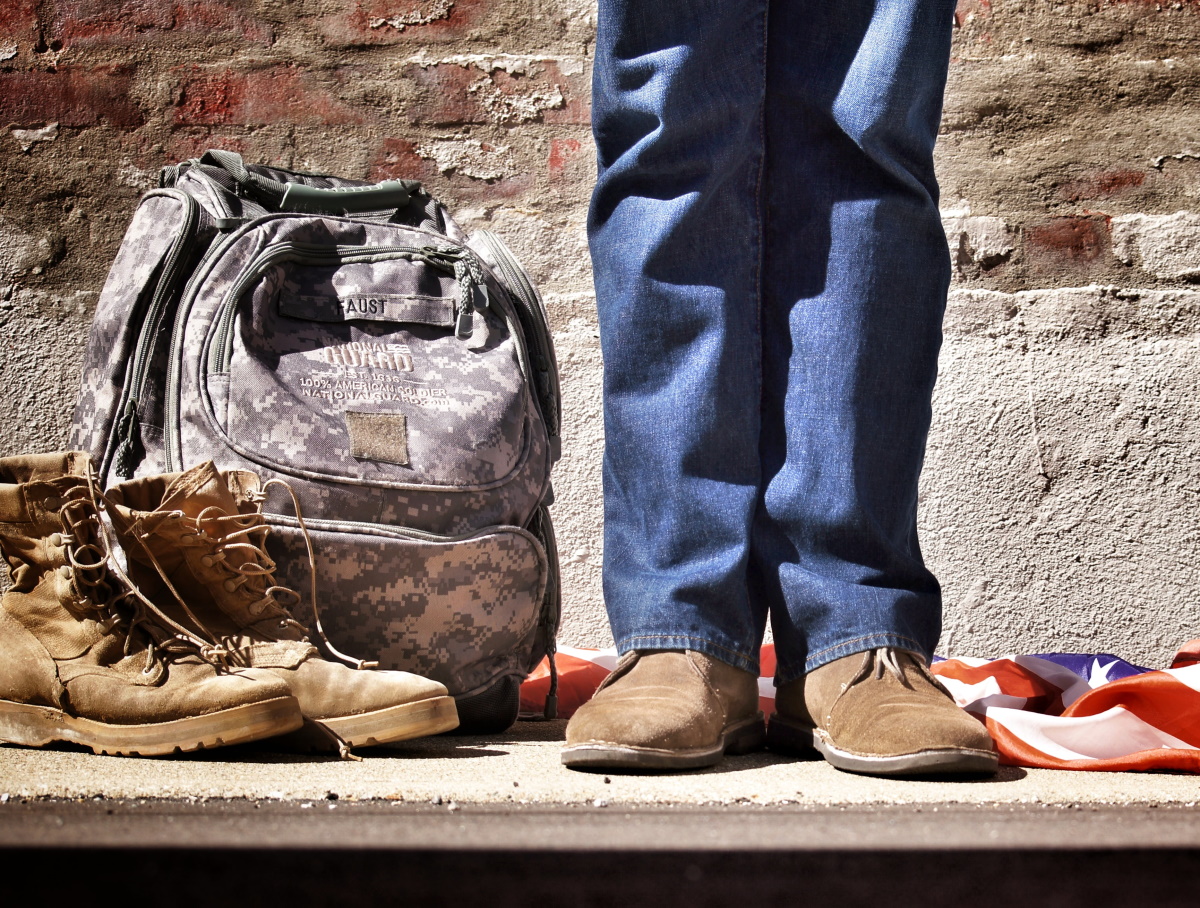Health issues are the main concern facing veterans in the first year after leaving the military — more than jobs or personal relationships, a new survey of nearly 10,000 veterans has found.
While most veterans said they were satisfied and functioning well at work and in their social lives, more than half reported having a physical health problem and a third said they had a mental health condition.
The survey, conducted by researchers from the VA National Center for PTSD and elsewhere, also showed that women veterans had a higher prevalence of mental health conditions than men and lower satisfaction with overall health, while enlisted veterans reported poorer health and work satisfaction than officers.
The research, published in the American Journal of Preventive Medicine, sought to determine what the most pressing challenges encountered by veterans in the first year of transition — a period during which they must find a new home, job, health care and community.
The results could help guide development programs to support former service members, explained lead author Dawne Vogt, a research health scientist with the VA’s National Center, the VA Boston Healthcare System and Boston University School of Medicine.
“We wanted to see what the broader population looks like in terms of their health and well-being, with the idea that this can inform how we prioritize the support that we provide to veterans as they go through transition,” Vogt said.
What the researchers found was that new veterans face a “pretty high health burden,” reporting chronic pain, sleeping disorders, anxiety, depression, arthritis and other conditions.
But the study also found that most of the 9,566 respondents were employed (68 percent), functioning well at work (86 percent) and satisfied with their jobs (65 percent), nine months after leaving service.
They also reported being in an intimate relationship (80 percent) and were satisfied with it (68 percent). And the majority also reported being involved in their communities (60 percent).
“Most veterans reported relatively high vocational and social well-being, a finding that highlights the resilience of the veteran population … that should be reassuring to those concerned about the well-being of newly separated veterans,” the authors wrote.
Where these veterans encountered problems, however, is with their health.
The survey found troops who had deployed to war zones had more health problems than those never assigned to a combat zone, and women veterans reported higher rates of mental health conditions, including depression, anxiety and post-traumatic stress disorder, than men.
Men experienced higher rates of chronic pain, sleeping issues, arthritis, hearing loss or tinnitus, high blood pressure and high cholesterol at higher rates than women.
More than 200,000 troops leave military service each year. Advocates for veterans and researchers point to the first year of transition as a critical period for former service members’ well-being and acclimating to civilian life.
While past studies have indicated that veterans flail in the first year of leaving the military, Vogt said their survey did not show this to be the case.
“There have been some studies … that suggested there were lots of problems with veterans finding jobs. That’s not really what we saw. We saw they were doing well in lots of ways,” Vogt said.
The surveyors reached out to nearly 47,000 veterans who left the service in 2016 and received survey responses from 23 percent of the group.
Chief among findings was that enlisted veterans fared worse in the first year than officers, reporting higher rates of mental and physical health conditions, lower employment and lower rates of satisfaction with their health, jobs and relationships.
The survey also found that between six months and nine months after the transition, assessments of job performance declined, a data point Vogt said could be related to health problems.
The researchers say their findings can help not only the VA, which provides services and care for veterans, but the 40,000 advocacy and health groups that provide programs and services to transitioning veterans.
